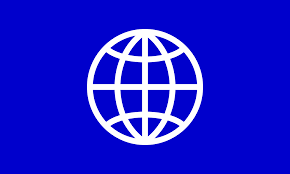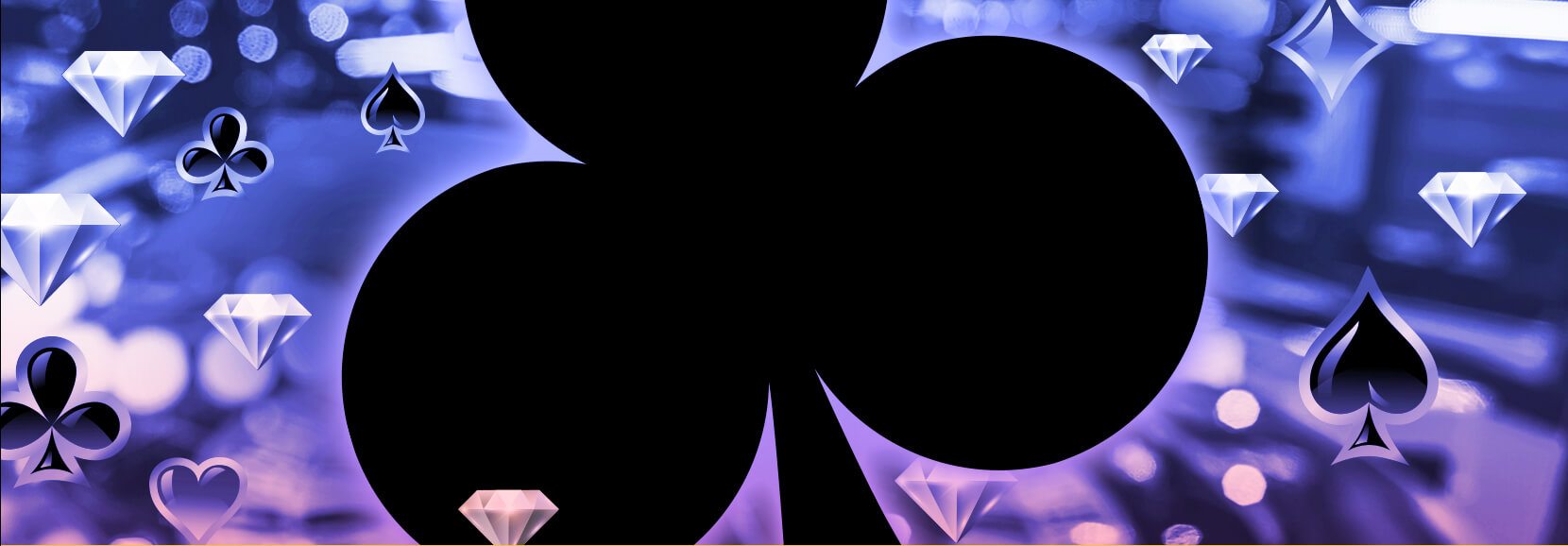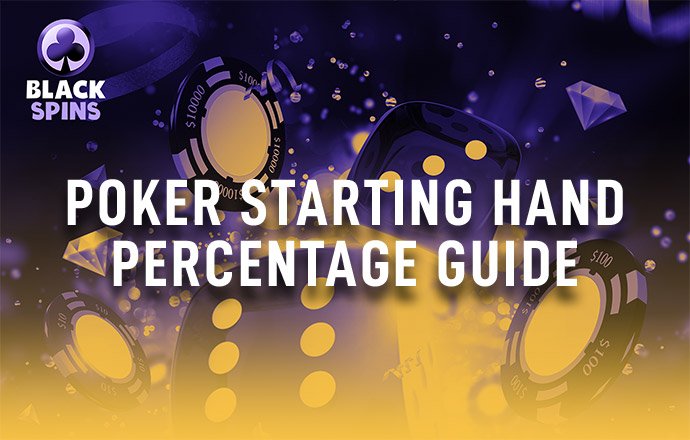Poker is a highly engaging casino game. One of the concerns that strike players often is how much of the hand you should play. After all, Poker is a game that keeps changing and calls for your decisions to be adjusted according to your opponent’s actions. Especially, when playing with real money, you will not want to make mistakes and so, this guide can help you understand as to when it’s the appropriate time to call or raise.
When Should You Call In Poker?
Experts suggest that if you have a hand that you want to play when it’s your turn, it’s a good time to raise but in case you feel it isn’t a good hand, better to simply fold instead. By doing this, you might prevent your opponents from putting you on a weak hand as well as have them pool in more money at a time when you hold a good hand.
The Starting Hands in Different Positions in Poker
In a game of 9 handed tables, at least 6 players might wait to act. Even if it appears as a tight position, it calls for risking 3 blinds to win 1.5 blinds in case the 6 opponents fold. If called, you might also have to play out of position. This can be a disadvantage and having a string hand prior to the flop is a better approach.
The middle position is referred to the 2nd and 3rd positions in a 6 handed game and with fewer players, you get more chances to play in the position. The important players here are the ones between you and the button and if they call, you will have to play out of position. The number of hands you can play can be determined by how tight the hands are. You can add hands in the 2nd category if you are confident. Check for loose players on your left for it can may it a little tight for you.
The Cut-Off Button in Poker and Adjustments to Be Made
In a situation where you see the ‘cut-off’ button playing almost 70% of your hands, you may then have to tighten up. You can open up on a cutoff that has a tight button and raise it to 50%. This can guarantee you to stay in position in case you get called.
Keep a track of the small blind. If the big blind folds by 62.5% or a little more, you may raise 2 cards in your favour. It is best to keep the small blind range of raising similar to the cutoff range. A raise in front of you means that you need a stronger hand than your opponents or hold one with implied odds. 3-bets should be used either when you have better hands than opponents to fold or get called by a range that’s worse than yours.
Some adjustments are always required when playing Poker tournaments. In case you see that antes are impacting your game, you can think of winning it and raise an expansive range of your hands before the flop. In occasions where the stacks are shallow, it’s better to make overpairs rather than hit sets or make flushes. Instead of playing pairs or other weak-suited connectors, it’s always wiser to play high-card value hands in such situations. An ante signifies the presence of at least 2.5 big blinds that could appreciate your bet by almost 25% or even more without having to compete in a situation when everyone else folds. This will also make it possible for you to double up when you are called.





